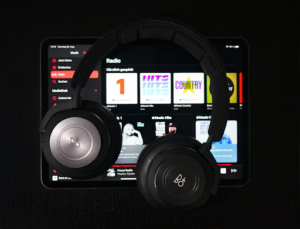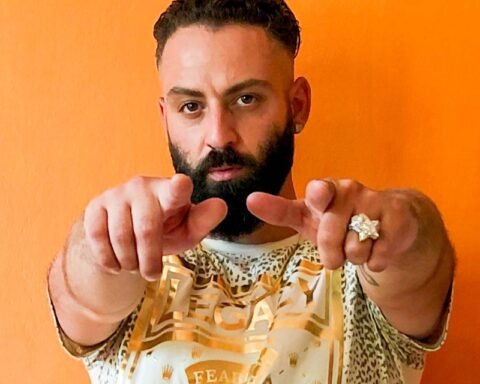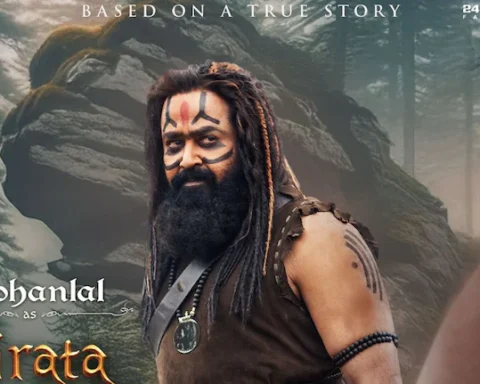Hey friends! I wanted to share some tips with you all about getting your music onto Spotify playlists as an independent artist. I know firsthand how confusing and competitive it can feel trying to get traction on the top streaming platforms. But Spotify’s playlists provide a huge opportunity to gain new fans if you can figure out the right strategy.
Spotify playlist submission
Let me start by explaining why Spotify playlists matter so much these days. Playlists have become the main way most people find new music and artists to love. Who has time to just browse through thousands of albums and singles? Playlists like Spotify’s RapCaviar (with over 13 million followers!) make music discovery easy. Listeners trust curators to compile the best new tracks in genres they enjoy.
Unlike social media, getting added into one of Spotify’s big playlists can get you guaranteed streams, new followers, and revenue from the platform. It’s passive income and marketing all at once! But don’t get down if you aren’t getting added right away. By optimizing your artist profile, perfecting your pitches, and leveraging data, you can grab the attention of playlist curators even without a major label or marketing budget. Read more about how music promotion works, and about Spotify playlist submission.
Useful Spotify promotion tips
First, make sure your Spotify artist profile looks professional, inviting, and on brand. You can customize your artist bio, profile and cover photos, featured playlists, announcements about new releases, and more. Provide as much helpful metadata about your music as possible so your songs surface accurately within Spotify’s recommendation algorithms. Keep things family friendly – avoid explicit album art or profane artist names. Think of your profile as a homepage that gives new listeners insight into who you are as an artist!
Check out the best Spotify promotion services available today for the independent music artist.

Spotify playlists
Once your profile’s ready to go, research relevant playlists on Spotify that fit your music style, size, and target audience. Reaching out personally to curators can help them get to know you and why your sound would resonate with their listeners. Avoid mass emailing the same generic pitch to every playlist – personalized and brief pitches show you respect their time and care about their audience.
When possible, send playlist curators pre-release demos of your upcoming singles. This gives them a chance to plan ahead and potentially feature you on release day when fan excitement is highest! Just don’t forget to follow up on release day – curators have a lot to juggle and a friendly reminder never hurts. Find out about Spotify playlist submission and how you can get your music on organic playlists.
How much does Spotfy pay for streams?
Okay, let’s chat about money. I know this part gives all artists anxiety when first diving into streaming royalties. Here’s a quick breakdown of how Spotify royalties actually work:
First, Spotify pays out approximately 70% of its total revenue to rights holders. This revenue pool gets distributed based on each artist’s or label’s pro rata market share of total streams. So artists with a bigger share of total streams get a bigger slice of the revenue pie.
The minimum payout threshold to receive royalties is $20. Once you hit that threshold, funds will process to your distributor or label. Then, depending on what royalty split you agreed on in your contract, they take their cut and pass along your earnings.
As for what you can expect to make per stream – the magic number is somewhere between $0.003 and $0.005, though it varies slightly day to day and market to market. You’ll need a ton of streams for it to add up to something substantial. But over time, catalog and royalty backlog really accumulate!
Read more about How much does Spotify pay per stream
Using a music submission service
There’s a second option, that is faster and delivers more results. Using a music submission service like One Submit, can help you submit your music to playlists, blogs, TikTok influencer, online radio stations and more.
Basically, you’ll receive a response from each curator you send your song to, unlike a personal email, they have to respond to every song submitted to them, or money back guarantee. Since it’s an organic music promotion, it’s up to the curator to like your song and add it to his playlists, if your song is in top quality production, you should land some really nice playlists. Check out the best music promotion services available today.

Spotify For Artists
Now let’s chat about the data side of things. Analytics tools within Spotify For Artists can help you identify your top tracks and most engaged followers. Highlight standout statistics, like above average monthly listener growth or playlist follower engagement, directly to curators and reps at your distributor or label. This shows them you have an existing fanbase excited for your new music. If you don’t have much data yet, focus on building those relationships organically first. Numbers aren’t everything!
If you have some budget to put towards playlisting and want to maximize submissions, using a pitching service like Submithub or Playlist Push can be a helpful move. These companies have relationships with curators and leverage data to optimize pitches. But make sure to do your research – there are no guaranteed placements, and you always want to know where your music is being pitched. No one knows your art like you do!
Once you start gaining some traction on Spotify playlists, don’t forget to keep engaging with fans, both new and old. Release planning and marketing beyond the initial playlist bump are key for sustainability. Make sure you keep uploading new music to Spotify and hyping your catalog. You never know when an old gem will start resonating with new listeners and gaining organic streams. Being consistent with releases and metadata helps boost credibility with Spotify’s recommendation algorithms too.
Just remember – streaming revenue is a marathon, not a sprint. The key is sustaining your momentum and continuing to engage fans rather than chasing quick viral moments that pass. Stay persistent and keep leveling up the quality of your content. You got this! Let me know if you have any other questions!







